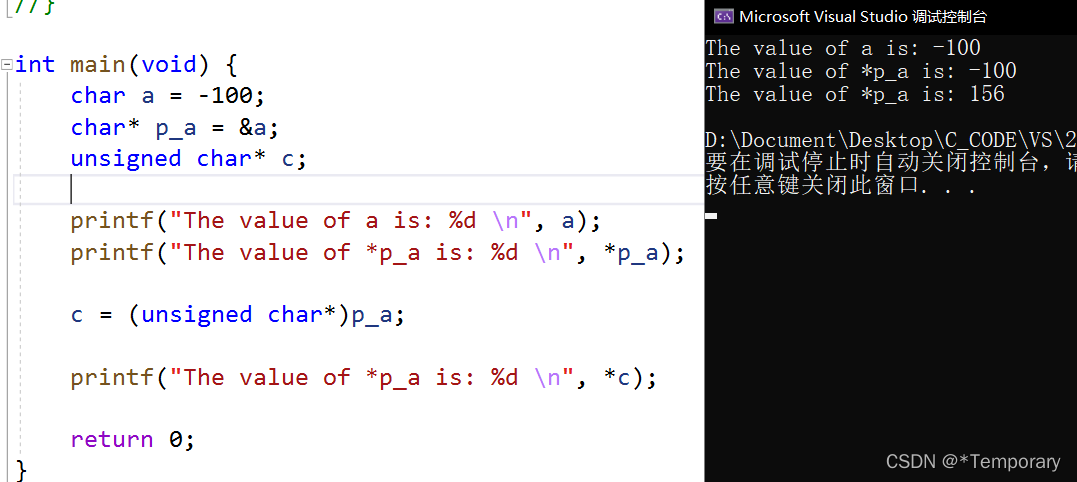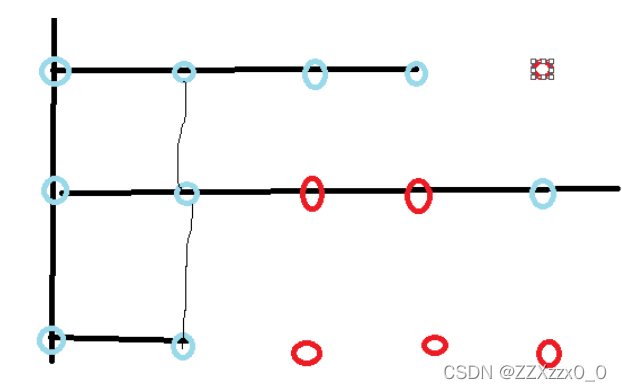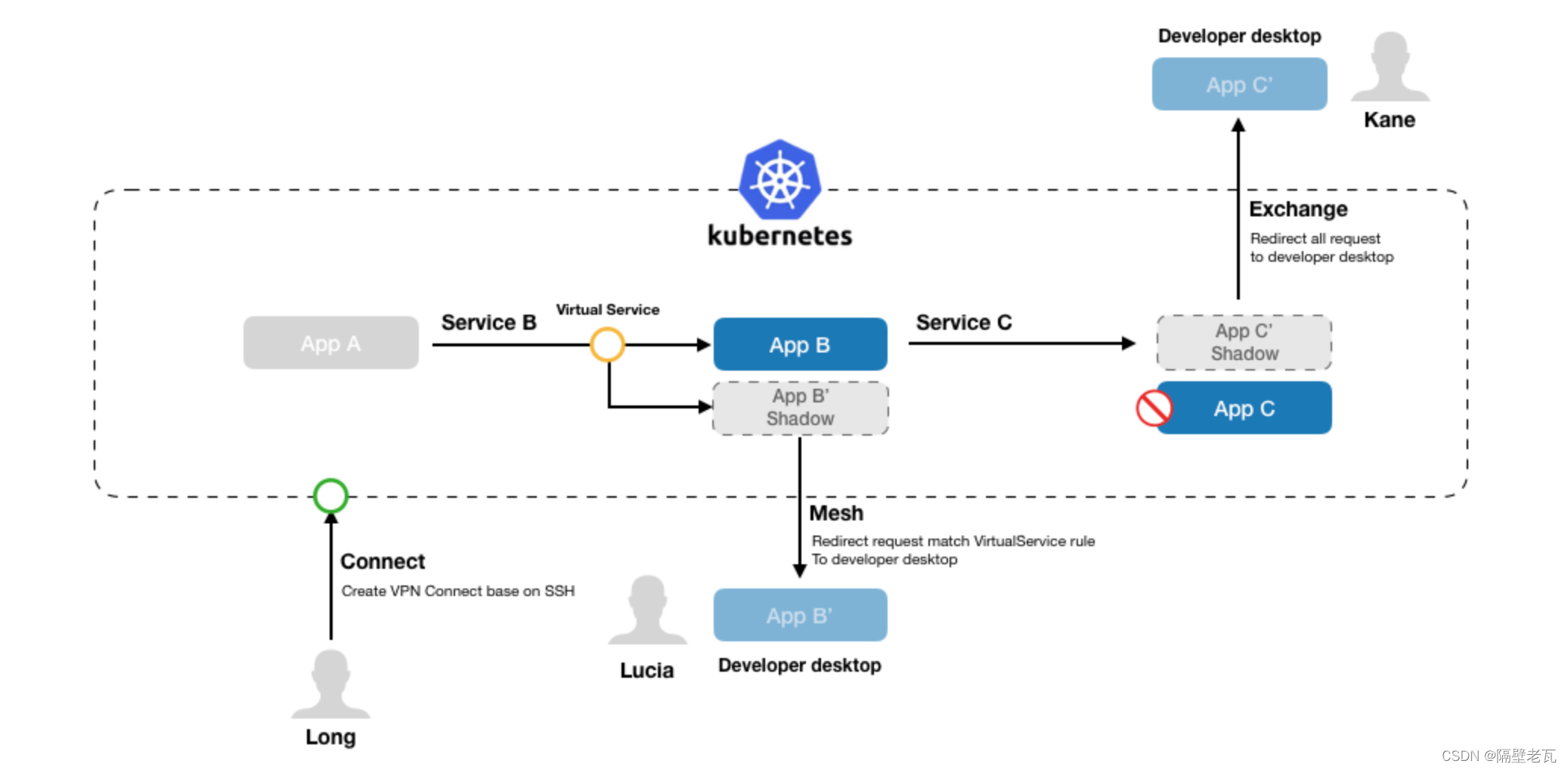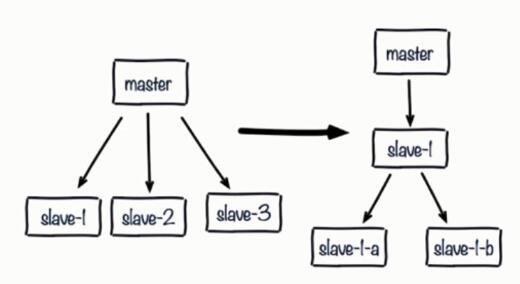当前位置:网站首页>Speex维纳滤波与超几何分布的改写
Speex维纳滤波与超几何分布的改写
2022-04-23 19:24:00 【ToneChip】
目前在研究降噪算法
里面有一段关于维纳滤波和超几何分布计算耗时比较大,看原来的代码PDIV32_16,SHL32,EXTEND32等等这些宏定义看着很烦躁,下面直接把原来的格式用float的C语言方式直接改写一下
原文如下
//N = 128; M = 24
for (i = 0; i < N; i++)
{
spx_word32_t MM;
spx_word32_t theta;
spx_word16_t prior_ratio;
spx_word16_t tmp;
spx_word16_t p;
spx_word16_t g;
/* Wiener filter gain 维纳滤波 prior_snr= prior_snr /(prior_snr +1) */
prior_ratio = PDIV32_16(SHL32(EXTEND32(st->prior[i]), 15), ADD16(st->prior[i], SHL32(1, SNR_SHIFT)));
//超几何分布增益参数 theta= prior_snr *(1+post_snr);
theta = MULT16_32_P15(prior_ratio, QCONST32(1.f, EXPIN_SHIFT) + SHL32(EXTEND32(st->post[i]), EXPIN_SHIFT - SNR_SHIFT));
/* Optimal estimator for loudness domain
超几何分布增益 MM=exp(-theta/2)*[(1+theta)*I0(theta/2)+theta*I1(theta/2)];其中I0和I1是贝塞尔函数
*/
MM = hypergeom_gain(theta);
/* EM gain with bound 增益 g=min(1,prior_ratio*mm) */
g = EXTRACT16(MIN32(Q15_ONE, MULT16_32_Q15(prior_ratio, MM)));
/* Interpolated speech probability of presence */
p = st->gain2[i]; //gain2是由临界频率计算后的增益扩展到线性频域后的增益
/* Constrain the gain to be close to the Bark scale gain 限制Gain值在Bark域增益
约束增益: 如果 g/3>st->gain 则 g=3*st->gain
*/
if (MULT16_16_Q15(QCONST16(.333f, 15), g) > st->gain[i])
{
g = MULT16_16(3, st->gain[i]);
}
st->gain[i] = g; // 如果 gain<gain_floor 则 gain =gain_floor
/* Save old power spectrum */
st->old_ps[i] = MULT16_32_P15(QCONST16(.2f, 15), st->old_ps[i]) + MULT16_32_P15(MULT16_16_P15(QCONST16(.8f, 15), SQR16_Q15(st->gain[i])), ps[i]);
/* Apply gain floor */
if (st->gain[i] < st->gain_floor[i])
{
st->gain[i] = st->gain_floor[i];
}
st->gain2[i] = powf(st->gain[i], p) * powf(st->gain_floor[i], 1.f - p); //=0.112ms
}
改写后如下
//N = 128; M = 24
for (i = 0; i < N; i++)
{
spx_word32_t MM;
spx_word32_t theta;
spx_word16_t prior_ratio;
spx_word16_t tmp;
spx_word16_t p;
spx_word16_t g;
/* 维纳滤波 */
prior_ratio = st->prior[i] / (st->prior[i] + 1.0f);
//超几何分布增益参数
theta = prior_ratio * (1.0f + st->post[i]);
/* Optimal estimator for loudness domain
超几何分布增益 MM=exp(-theta/2)*[(1+theta)*I0(theta/2)+theta*I1(theta/2)];其中I0和I1是贝塞尔函数
*/
MM = hypergeom_gain(theta);
/* EM gain with bound 增益 g=min(1,prior_ratio*mm) */
g = MIN32(Q15_ONE, prior_ratio * MM);
/* Interpolated speech probability of presence 计算权重或者叫概率 */
p = st->gain2[i]; //gain2是由临界频率计算后的增益扩展到线性频域后的增益
/* Constrain the gain to be close to the Bark scale gain 限制Gain值在Bark域增益
约束增益: 如果 g/3>st->gain 则 g=3*st->gain
*/
if ( (0.333f * g) > st->gain[i])
{
g = 3.0f * st->gain[i];
}
st->gain[i] = g; // 如果 gain<gain_floor 则 gain =gain_floor
/* Save old power spectrum */
st->old_ps[i] = 0.2f * st->old_ps[i] + 0.8f * st->gain[i] * st->gain[i] * ps[i];
/* Apply gain floor */
if (st->gain[i] < st->gain_floor[i])
{
st->gain[i] = st->gain_floor[i];
}
/* Use this if you want a log-domain MMSE estimator instead */
/*最终幅度谱增益 gain2={p*sqrt(g)+(1-p)*sqrt(st->gain_floor )}^2 */
gpio_output(GPIO37, 1);
st->gain2[i] = powf(st->gain[i], p) * powf(st->gain_floor[i], 1.f - p); //=0.112ms占用85%
gpio_output(GPIO37, 0);
}
版权声明
本文为[ToneChip]所创,转载请带上原文链接,感谢
https://tonechip.blog.csdn.net/article/details/121851772
边栏推荐
- Why is PostgreSQL about to surpass SQL Server?
- 考试系统进入试卷优化思路
- Kubernetes入门到精通-裸机LoadBalence 80 443 端口暴露注意事项
- Strange problems in FrameLayout view hierarchy
- The flyer realizes page Jump through routing routes
- Wechat applet part of the mobile phone Preview PDF did not respond
- Virtual machine performance monitoring and fault handling tools
- SSDB foundation 1
- js获取本机ip地址
- The usage of slice and the difference between slice and array
猜你喜欢

Keysight has chosen what equipment to buy for you

Wechat video extraction and receiving file path

为何PostgreSQL即将超越SQL Server?

深度学习——特征工程小总结

On the forced conversion of C language pointer

2021-2022-2 ACM集训队每周程序设计竞赛(8)题解

Kubernetes入门到精通-KtConnect(全称Kubernetes Toolkit Connect)是一款基于Kubernetes环境用于提高本地测试联调效率的小工具。

该买什么设备,Keysight 给你挑好了

Redis optimization series (III) solve common problems after master-slave configuration

Intuitive understanding of the essence of two-dimensional rotation
随机推荐
Executor、ExecutorService、Executors、ThreadPoolExecutor、Future、Runnable、Callable
Kubernetes入门到精通-在 Kubernetes 上安装 OpenELB
Summary of several relationships of UML class diagram
Regular expressions for judging positive integers
RuntimeError: Providing a bool or integral fill value without setting the optional `dtype` or `out`
Zero cost, zero foundation, build profitable film and television applet
How to use go code to compile Pb generated by proto file with protoc Compiler Go file
Hot reload debugging
MySQL practical skills
高层次人才一站式服务平台开发 人才综合服务平台系统
精简CUDA教程——CUDA Driver API
Easy mock local deployment (you need to experience three times in a crowded time. Li Zao will do the same as me. Love is like a festival mock)
js 计算时间差
Use of fluent custom fonts and pictures
NiO related Basics
Decompile and get the source code of any wechat applet - just read this (latest)
Audio signal processing and coding - 2.5.3 the discrete cosine transform
Common processing of point cloud dataset
Redis optimization series (III) solve common problems after master-slave configuration
Go modules daily use